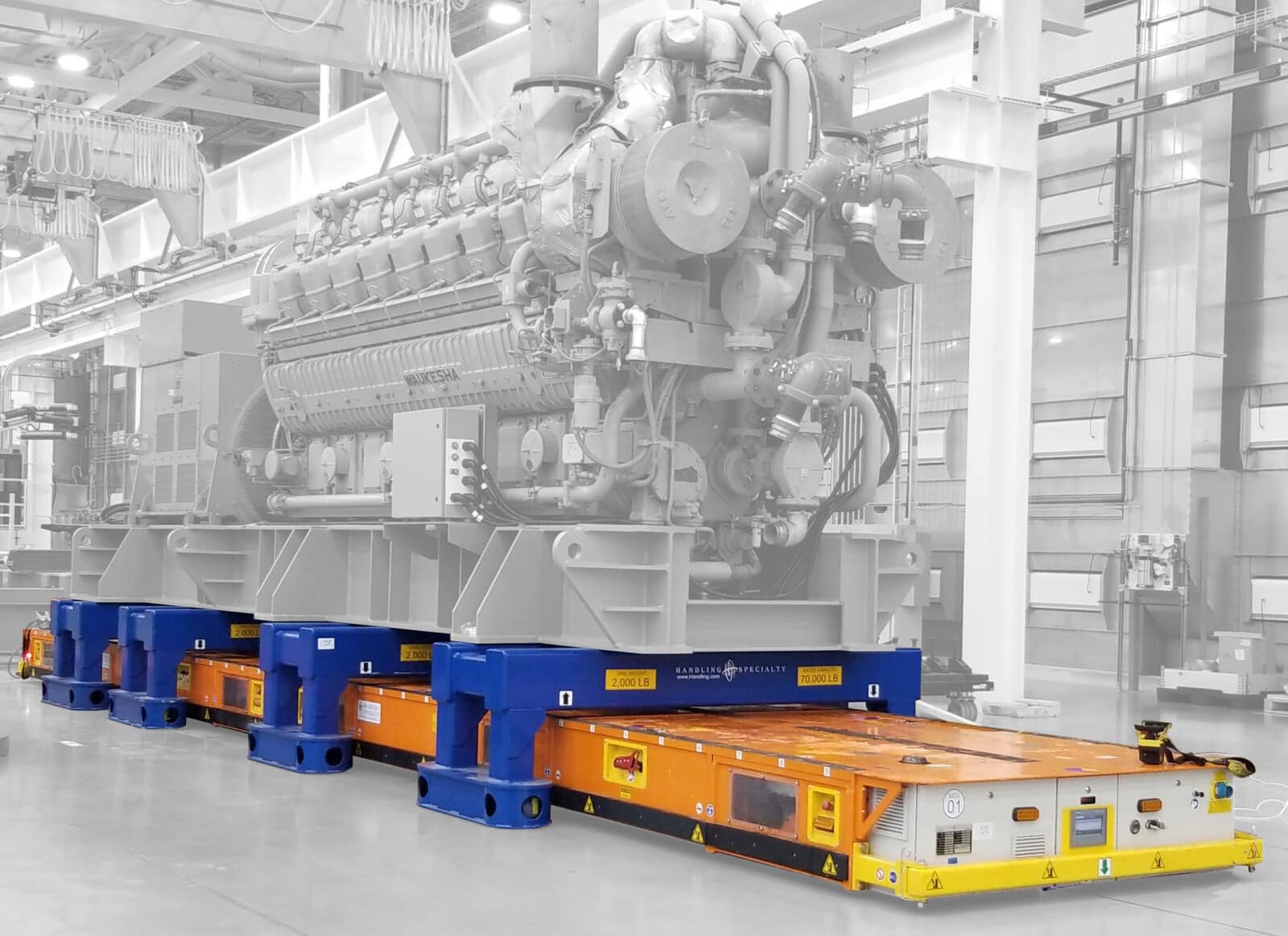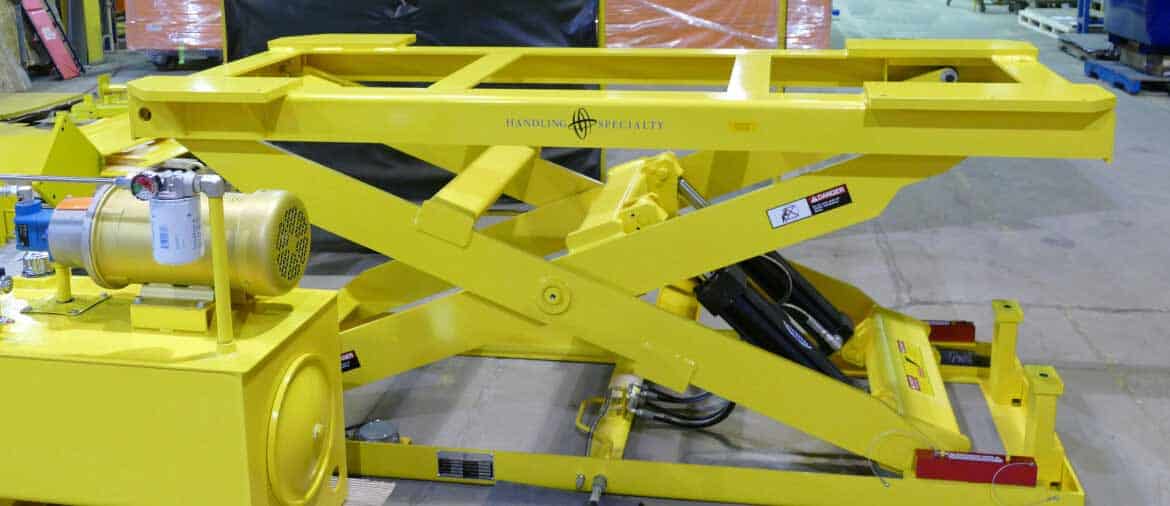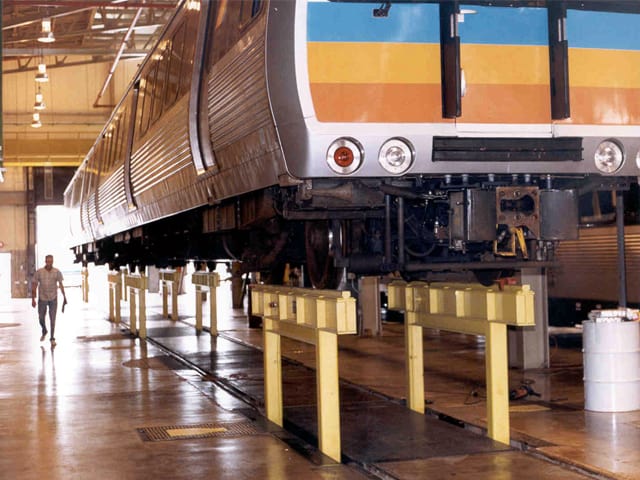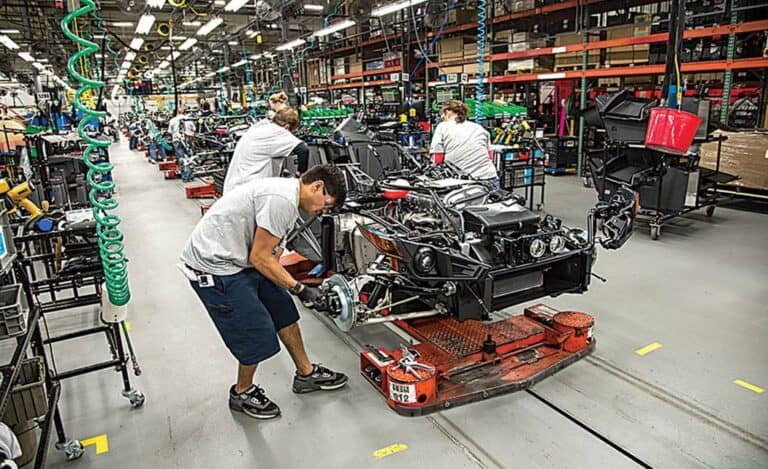AGV Design & Manufacturing

AGV Design & Manufacturing
The automated guided vehicle (AVG) industry is seeing an upturn in business as companies race to become more efficient through automation. Automated guided vehicle design is becoming more and more important as custom engineered to order models are built to satisfy multiple industries. AGV manufacturing begins at the autonomous guided vehicle design stage. Knowing what is being moved where, the weight being moved, and other critical features will guide the designers and engineers as they build the AGV.
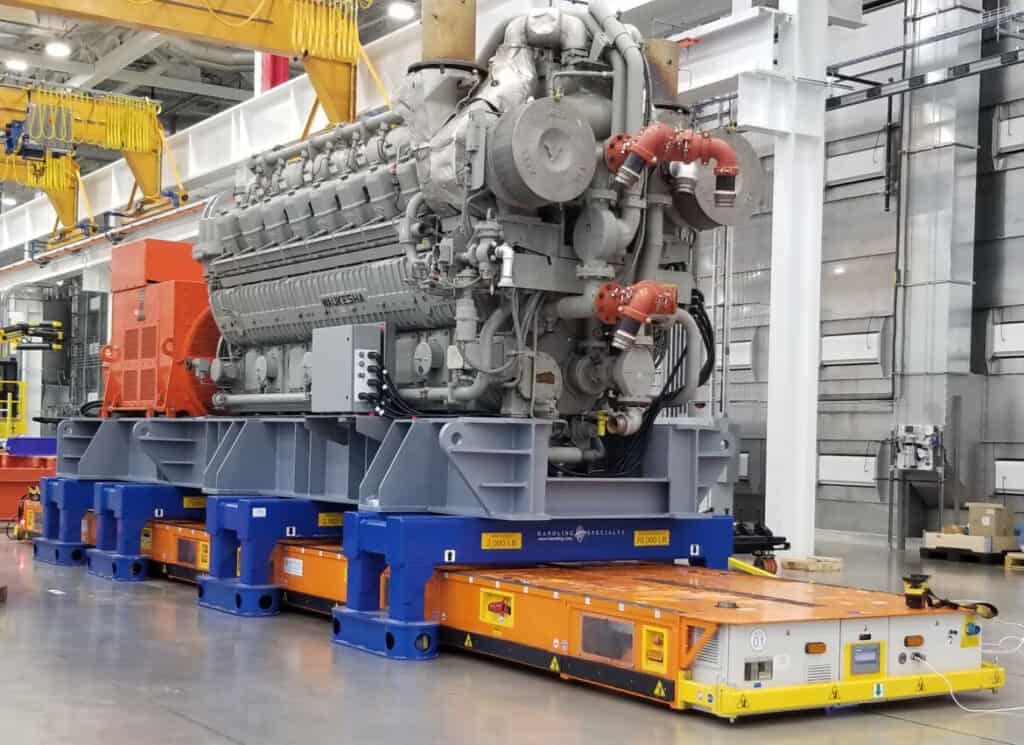
An AGV for manufacturing and assembly operations is becoming more common, and designing the custom AGV in manufacturing is a skill few companies possess. For example, AGV manufacturing depends on a wide variety of skillsets, from design and engineering to manufacturing and services.
Features like navigation require electrical engineers, designers, and coders to program the AGV’s movements through an assembly plant via automapping. Weight capacities must be considered to build the unit with robust parts capable of holding and carrying a load for multiple cycles per shift. Battery size and type are also important and very specific to the application. AGV shape and dimensions and additional features like specialized tooling and scissor lifts are all reviewed for a facility’s application requirements.
Safety features are a must on an autonomous guided vehicle to ensure the people working alongside the AGV and product do not incur any damage. Sensors, cameras, limit switches, audible and visual alarms as well as E-stops all go a long way in assuring a customer their automated vehicle will run properly and without incident.
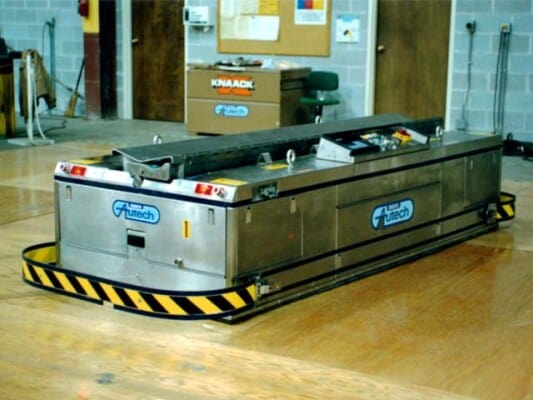
Using robust materials in the AGV manufacturing process is necessary to ensure premium parts and metals go into the building of the automated guided system. If the framework is not built to withstand far more load than the unit is meant to carry, then it will fail in application. Welds also must be done with the utmost precision and professionalism to carry the product’s weight during operation.
These critical aspects cannot be overlooked when managing your autonomous guided vehicle design. Components also must meet the stringent demands they will be tasked to carry out during lengthy cycles under difficult circumstances. An assembly line is a volatile place, and an AGV will have to stand up to punishing repetition as it runs through its paces.
Designing the automated guided vehicle navigation systems depends on the application and factory layout. A closed path steering system involves a line embedded or buried in the ground, and a sensor set at the bottom of the AGV detects the line and guides the AGV to follow the line. In an open path steering system, there are no physical paths for the AGV. Instead, there are virtual, pre-define ones on the controlling unit. In this type of open-path system, there are two orthogonal lasers rows. Crossing these orthogonal laser lines, the workshop becomes like a grid area. Using grids, paths are assigned in the supervisory control.
AGV steering design is also engineered to function to the specific parameters of the facility and the line. Multiple motors run various wheels to enable zero-radius turning, left/right motion, diagonal crabbing, forward and backward motion, and traditional steering. When programmed to run a certain path, the onboard system relays information to the motors, and the AGV moves as intended at specified speeds as it moves through work cells.
Safety features provide collision avoidance through motion sensors, cameras, and other visual aids mounted on the AGV. Manual E-stop buttons also add another level of safety, whereas a technician could push the button with their foot to stop the guided vehicle should something go wrong or a person steps in front of the moving AGV and the sensor not pick them up. When additional tooling such as a scissor lift is included in the AGV design, limit switches and fall protection devices keep the scissor lift from free-falling and crushing a foot or hand or product.


An AGV is used on the manufacturing floor and coordinated by a centralized or distributed computer-based control system to facilitate the automation process in an assembly and manufacturing facility.
Autonomous guided vehicle design is dependent on the company’s application needs, including the AGV system design of the unit’s dimensions, lift and carry capacity, drive system, specialized tooling, and safety features.
Custom AGV manufacturing offers an assembly operation multiple benefits through efficient design and cost savings once the line is operating. The features and customized applications are only limited to the customer’s imagination and budget when considering automated guided vehicle design.



